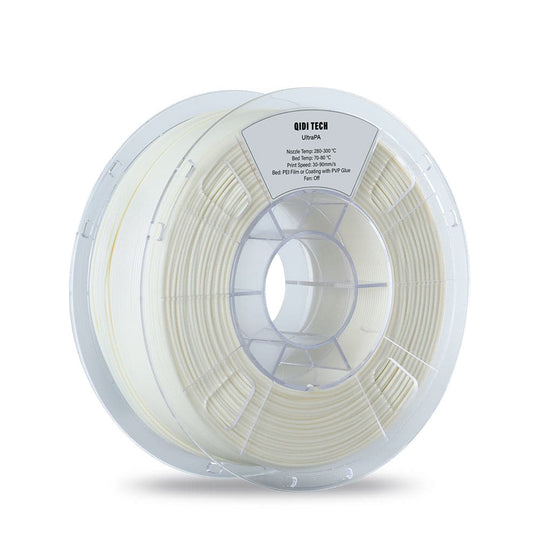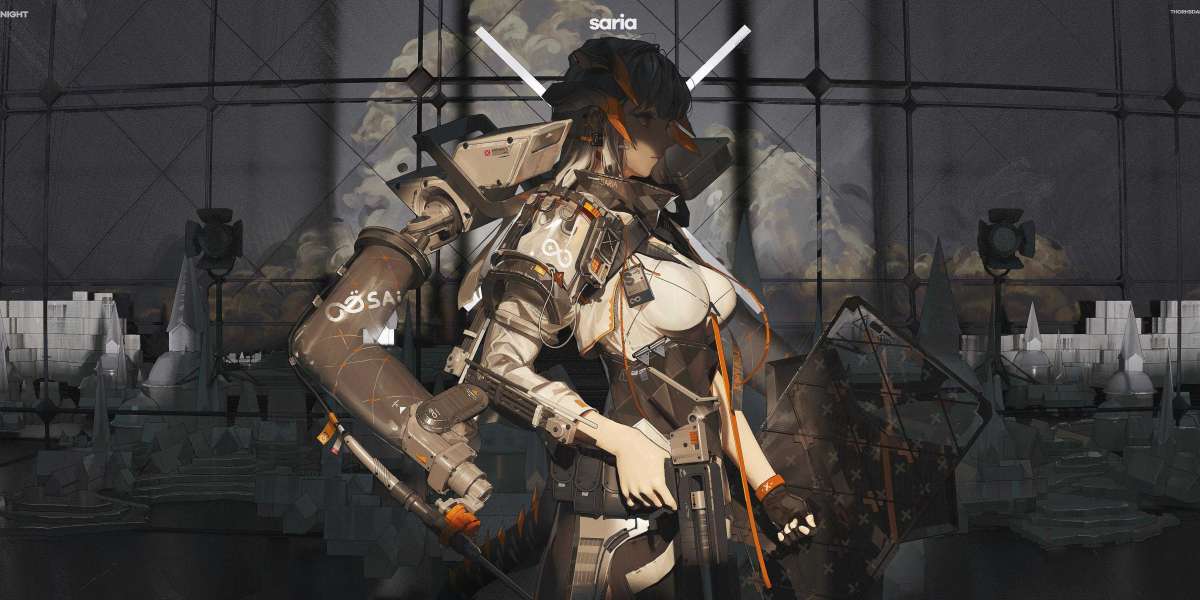The Rise of Advanced Materials
One of the top trends in 3D printing filament technology for industrial applications is the increasing use of advanced materials. Manufacturers are now developing filaments with enhanced properties such as heat resistance, chemical resistance, and mechanical strength. For example, carbon fiber-infused filaments are gaining popularity due to their high strength-to-weight ratio, making them ideal for aerospace and automotive applications. These advanced materials are revolutionizing the capabilities of 3D printing in industrial settings, allowing for the production of more durable and functional parts.

Customized Filament Solutions
Another trend in 3D printing filament technology for industrial applications is the demand for customized filament solutions. Industrial users are seeking filaments tailored to their specific requirements, whether it's color-matching, material properties, or regulatory compliance. As a result, filament manufacturers are offering bespoke filament development services, working closely with industrial clients to create tailored solutions. This trend is driving innovation in filament technology, leading to the development of specialized filaments for a wide range of industrial applications.
Enhanced Sustainability
With an increasing focus on sustainability, the 3D printing filament industry is witnessing a trend towards enhanced eco-friendly solutions. Manufacturers are developing filaments made from recycled materials, biodegradable polymers, and other sustainable sources. These filaments not only reduce the environmental impact of 3D printing but also align with the sustainability goals of many industrial applications. As the demand for sustainable manufacturing practices grows, the development of eco-friendly filaments is expected to continue as a top trend in the industry.
Integration of Smart Technologies
The integration of smart technologies into 3D printing filament is another top trend in industrial applications. Smart filaments, embedded with sensors, conductive materials, or other electronic components, are enabling the production of functional parts with built-in intelligence. For example, 3D printed parts with embedded sensors can provide real-time data on performance, enabling predictive maintenance in industrial machinery. This trend is opening up new possibilities for the use of 3D printing in industrial IoT (Internet of Things) applications, where smart, connected parts are in high demand.
In conclusion, the top trends in 3d printing filament technology for industrial applications are shaping the future of manufacturing. From advanced materials to customized solutions, enhanced sustainability, and the integration of smart technologies, the 3D printing filament industry is undergoing rapid innovation. As industrial applications continue to evolve, so too will the capabilities of 3D printing filament technology, driving the next wave of industrial revolution.



